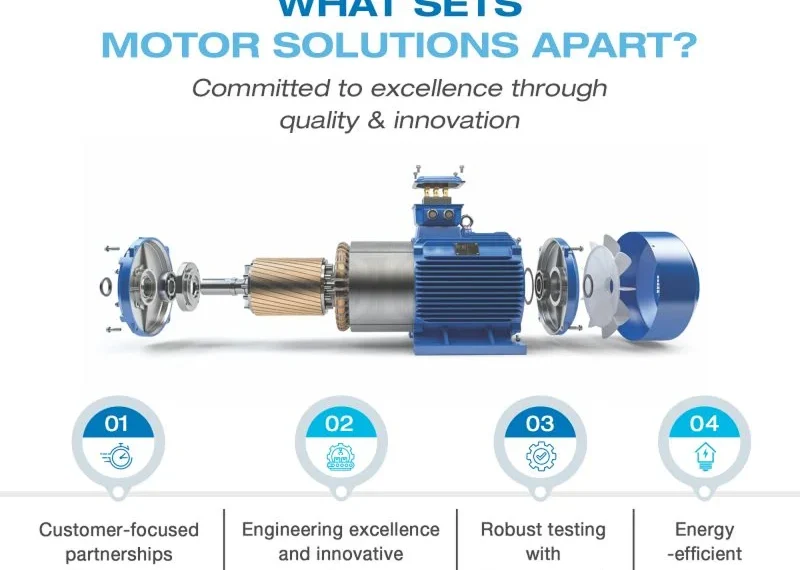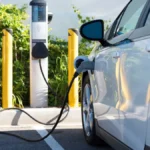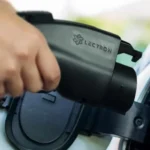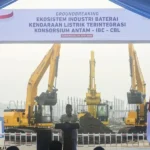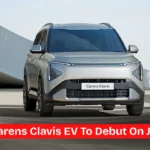EV battery component innovations are driving a new era in electric vehicle technology. At the heart of this transformation is a breakthrough from the U.S. Department of Energy’s Oak Ridge National Laboratory (ORNL), where researchers have unveiled a game-changing solution to longstanding challenges in EV battery development. This new EV battery component not only accelerates charging speeds but also cuts costs, lightens batteries, and reduces dependence on critical metals like copper and aluminum.
Read Also: Indonesia launches colossal EV battery project in West Java
Battery component enables 10-minute fast charging
The newly developed EV battery component integrates a polymer-based current collector that replaces traditional metal-heavy designs. By sandwiching ultra-thin layers of copper or aluminum around a lightweight polymer, researchers have created a structure that retains conductivity while slashing metal content by up to 80%.
This allows electric vehicle batteries to restore up to 80% of energy in just 10 minutes, without compromising long-term performance. In rigorous testing, batteries built with this component maintained excellent energy density across 1,000 fast-charging cycles, outperforming conventional counterparts under extreme conditions.
Benefits of the breakthrough EV battery component
This revolutionary EV battery component delivers multiple advantages that address core limitations in existing battery technologies:
- Cost savings: Current collector costs cut by up to 85%
- Material efficiency: 80% less copper and aluminum used
- Weight reduction: 25% lighter than traditional materials
- Energy capacity: Packs 27% more energy per charge
- Cycle stability: Maintains high performance over 1,000 cycles
- Faster charging: Enables 10-minute fast charging capability
- Safety boost: Internal short circuits trigger the plastic film to act like a circuit breaker, reducing fire risks
Read also: 🚀 Smart EV Chargers From Lectron Launch In U.S.
Reducing supply chain pressure through smarter EV battery components
One of the most important impacts of this new EV battery component is its role in reducing U.S. dependence on high-demand materials like copper. With global copper prices on the rise and supply chains increasingly volatile, replacing most of the metal content with a durable polymer can substantially ease sourcing constraints.
The breakthrough is also significant in strengthening domestic EV battery production, which is critical to U.S. competitiveness in the global electric transportation sector.

Collaboration drives innovation in EV battery components
The new battery component was developed in collaboration with Soteria Battery Innovation Group, a South Carolina-based company specializing in battery safety. ORNL’s testing helped validate that, even with reduced metal content, the new collector supports fast charging and safe discharging.
Importantly, the component is compatible with standard roll-to-roll battery manufacturing processes, eliminating the need for expensive, custom fabrication methods. This compatibility means battery manufacturers can adopt the new technology without overhauling existing production lines—speeding up deployment and lowering adoption costs.
How the battery component enhances safety
Beyond performance and cost, safety is a key focus. Traditional battery fires often result from internal short circuits. This EV battery component behaves like an inbuilt circuit breaker—if a short circuit occurs, the plastic film absorbs the heat, vaporizes, and disrupts the current path, neutralizing potential fire threats.
This feature makes the new current collector a major advancement in battery safety, especially for applications in passenger EVs, public transport, and energy storage systems.
Scaling the battery component for commercial use
ORNL researchers have successfully fabricated both coin cells and pouch cells using industry-standard processes at the lab’s Battery Manufacturing Facility. This demonstrates the scalability of the EV battery component and its readiness for commercialization.
With automakers pushing toward faster charging and longer-range EVs, this component positions the U.S. at the forefront of battery innovation, giving it a strategic edge over global competitors.
Read more: EV Stock Jumps After Company to Raise ₹260 Cr via 3:20 Rights Issue
Future potential of the EV battery component
Looking ahead, the EV battery component could influence several trends in electric mobility:
- Wider EV adoption by making batteries cheaper and more efficient
- Grid-scale battery storage due to lower production costs
- Portable electronics with safer and lighter batteries
- Next-gen battery chemistries enabled by flexible current collectors
Conclusion: A new frontier in EV battery component technology
The new EV battery component developed by ORNL and Soteria marks a defining moment in the evolution of electric mobility. It combines performance, safety, sustainability, and scalability—making it an ideal fit for the next generation of electric vehicles and energy storage systems.
With rapid commercialization on the horizon, this innovation could reshape how we think about EV battery design, reduce environmental impact, and accelerate the clean energy transition.
Recent Posts in EV Components
- Power Shift: Highway Roop Appoints Industry Veteran Dharmesh Arora as CEO to Drive Global Expansion
- Powerful Pivot: Rare Earth Squeeze Spurs Godrej’s Shift to Rare-Earth-Free Motors – A Gamechanger in EV Future
Read More
- NDTV India is Hindi News Website. Read Hindi News, Latest Hindi News, Today Hindi News, Breaking Hindi News, Hindi Samachar
- Today’s news: Get latest and Breaking News on Politics, Business, Lifestyle, Entertainment and Sports along with News updates from around the world.
- Read the Latest News Updates online related to India, World and US business and economy.
- Times of India: News – Breaking News, Latest News, India.
- Stay updated with Sutra Samachar, your trusted source for the latest news, breaking headlines, and trending stories from India and around the world.



